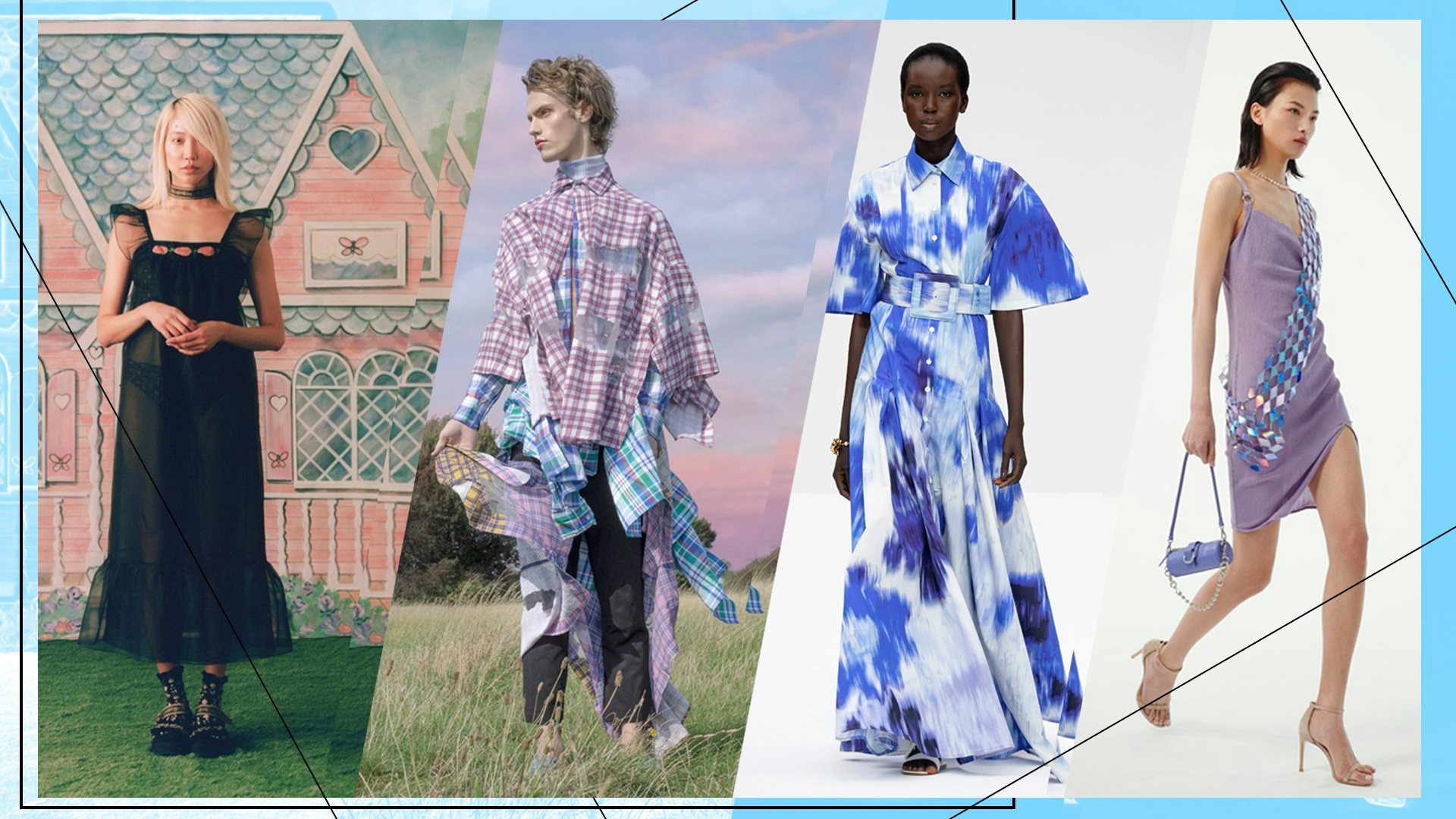This season’s
Jing Daily Fashion Week Score#
, which evaluates how a brand’s collection resonates with the Chinese audience, launches with New York Fashion Week. This NYFW edition was its first truly digital one, and, as such, the number of shows was reduced. While this was expected, one benefit was that the shows were suddenly more democratic, as buyers and watchers alike could now all have access to the CFDA 360 platform.
The overriding theme of the event was a look at the virus outbreak and the positive transformations that came out of the pandemic. This concept felt most present in shows by big names like Carolina Herrera and Tom Ford. But overall, connections with Chinese audiences were few and far between. Yet, the number of brands from China or with Chinese heritage that were taking part was at a record high, indicating they are the ones leveraging digital formats to connect with global audiences.
The
Jing Daily Fashion Week Score#
is based on the following parameters:
Model representation: evaluates representation of Chinese models on the runway.
Digital impact: evaluates the Chinese netizen reception and engagement on leading social media platforms, including Weibo, WeChat, and Little Red Book.
KOL & celebrity visibility: considers the brand’s associated star power from strategic KOL and celebrity partnerships.
Special brand efforts: considers the brand’s special programs aimed at a Chinese audience, including company or brand contributions toward the ongoing virus crisis.
Design context: a qualitative assessment of how the brand’s collection will speak to the Chinese audience based on current trends and preferences in China.
Brand history: considers the existing brand history in China, including its overall presence, social reach, number of stores, earning trends, and brand missteps.
JASON WU#
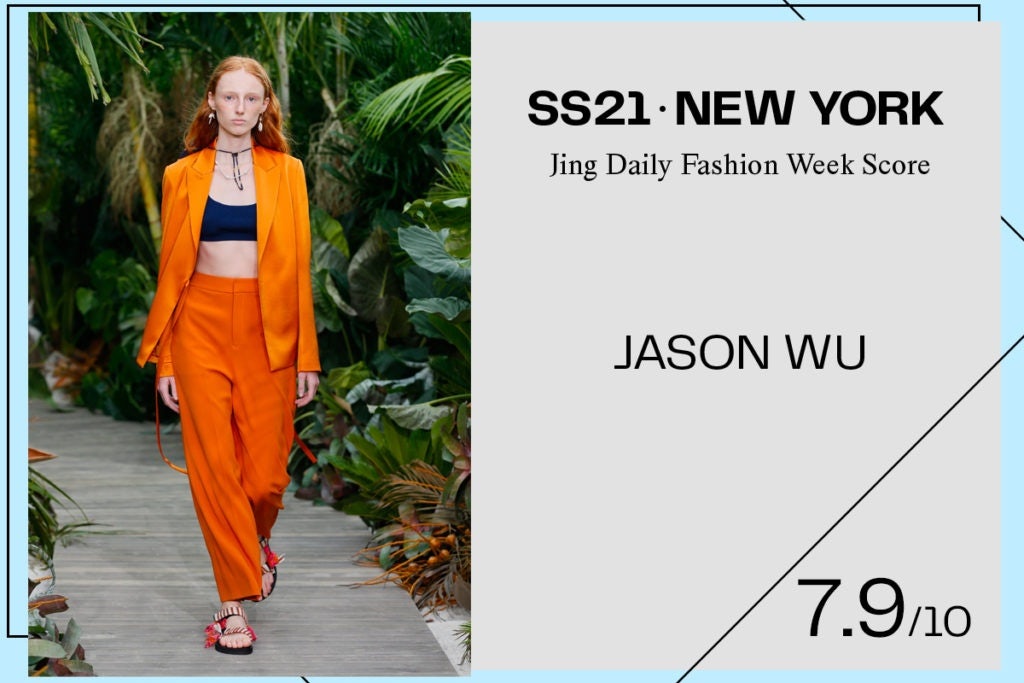
One of the only brands to do both a physical show and a digital presentation at New York Fashion Week, Jason Wu’s Spring ‘21 collection is both authentic and in touch with the times. The contemporary collection, which features column dresses, sundresses, and casual sandals, was inspired by Tulum, Mexico — Wu’s “home away from home.” The bright color palette must have brought back sun-soaked memories for vacation-starved viewers everywhere.
Wu maximized his prominence on the NYFW platform by bringing awareness to social causes like anti-racism and gay men’s health while also reducing his carbon footprint (a set of 800 trees was donated to a small local business.)
As the brand opened its first stand-alone flagship store in Shanghai this July, this collection should have resonated better in China. But Wu’s Weibo hasn’t been updated since 2013, and fans must stay updated to feel connected. While the collection did catch the eyes of Chinese fashion bloggers like Elephant Kingdom (@小象王国) and @FashionLanding (which claim 13 million Weibo fans combined), it failed to stimulate much social volume from fans on the social platform.
PRIVATE POLICY#
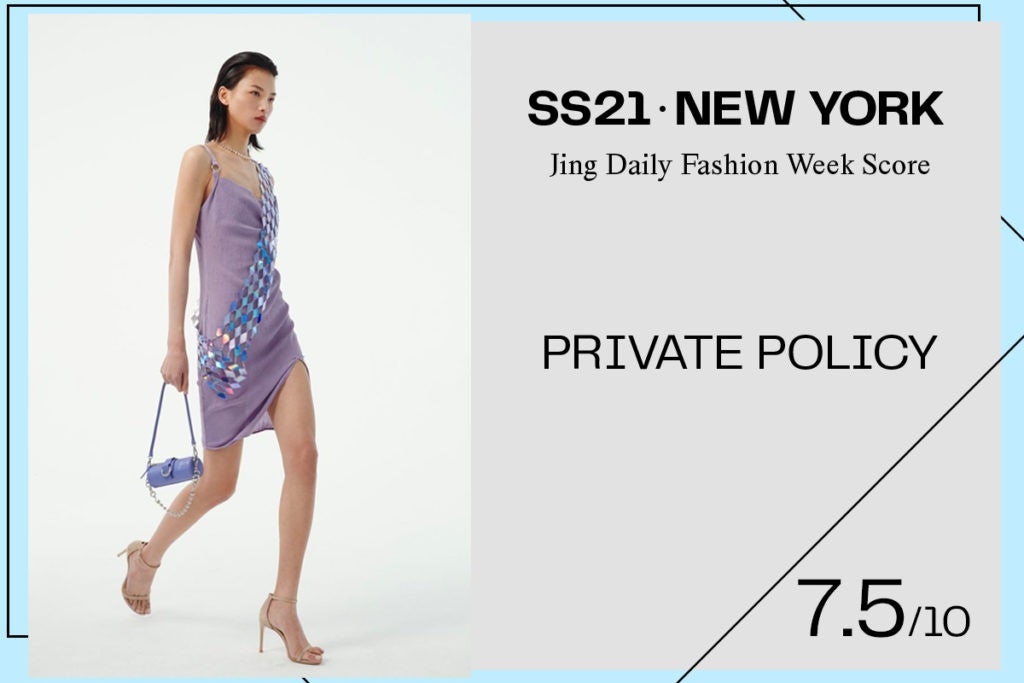
Founded by Chinese design duo Li Haoran and Qu Siying, Private Policy has been proactive in moving social conversations, such as “Black Lives Matter,” forward, and, in many ways, this new collection aims to do that as well. It’s Spring ‘21 concept, "Searching for Aphrodite," redefines the Greek goddess who represented the ultimate beauty standard. The collection, which was presented through a combination of video and 3D-motion, aims to promote diverse beauty standards and individuality.
The new collection comes in a color palette that ranges from lilac and sage to black and white, and it won praise from an army of fashion bloggers of Weibo, including @FashionModels (10 million followers). As expected, the digital presentation featured a diverse body of models: a mix of two Chinese models and two black models with vitiligo and a synthetic leg, respectively.
ANNA SUI#
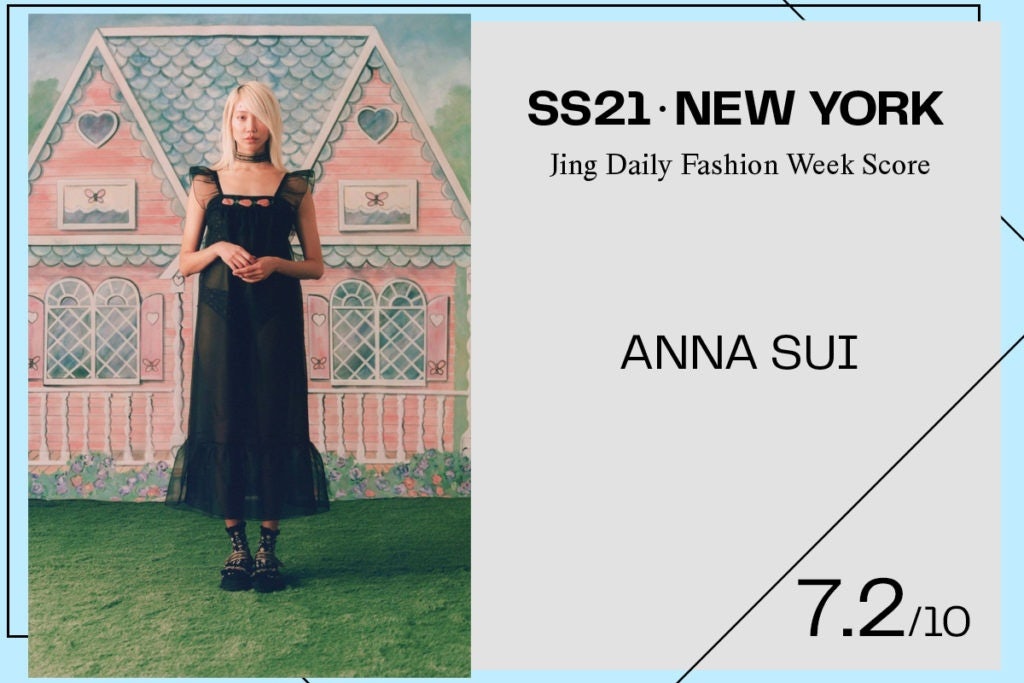
Drawing inspiration from quarantine life amid COVID-19, Anna Sui presented her Heartland collection this season, which is a comfortable, locally-made, and adaptable wardrobe. The designer brought an idyllic twist to a utilitarian approach, reimagining clothes that can both be comfortably worn at home and present well on Zoom.
The collection has been highly recognized on Weibo, with posts from fashion media brands such as Sina Fashion and @FashionModels. However, the brand’s official account has not posted anything relevant about the runway show. To date, only the brand’s beauty line and athleisure collection have high awareness in China on both social channels and e-commerce platforms. Given this, the brand’s ready-to-wear line could clearly help to unlock a higher-end market in China.
CAROLINA HERRERA#
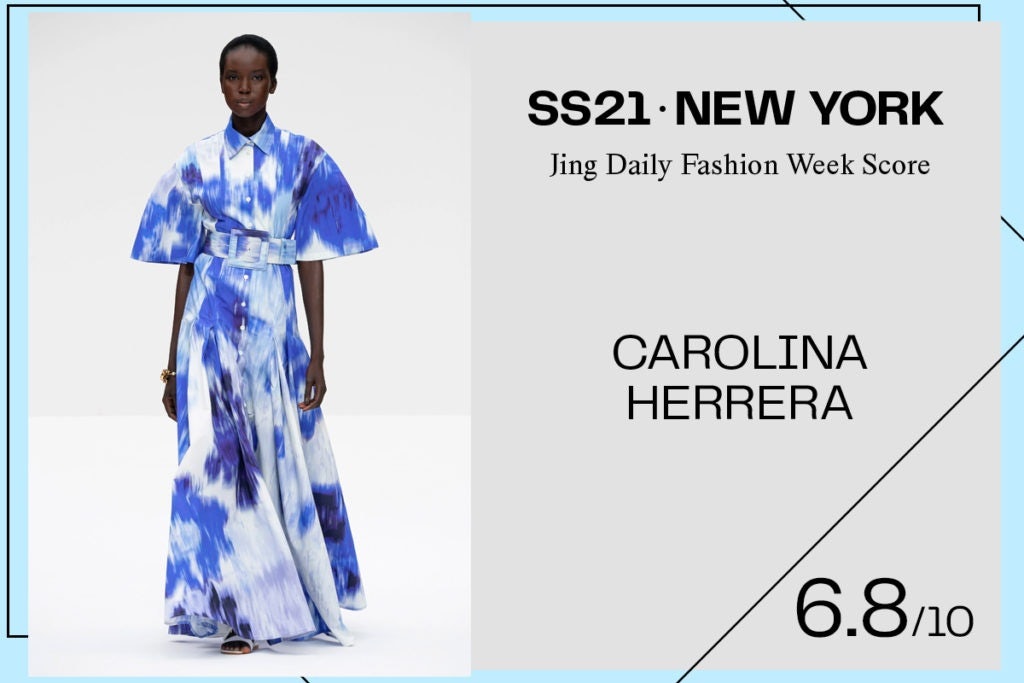
Instead of highlighting clothes in its Resort 2021 collection, Carolina Herrera decided to show an intimate exchange between Carolina Herrera and Creative Director Wes Gordon, titled The Conversation. In it, the two designers discuss the past, present, and future of fashion while sharing personal memories and anecdotes. The brand used just one model to showcase its 20 looks, which included dresses with voluminous and sculptural sleeves — a signature Herrera touch. The lack of any Chinese models may be one reason for underwhelming reactions on China’s social platforms, but it might also be because the brand had not posted anything relevant on Weibo and WeChat.
TOM FORD#
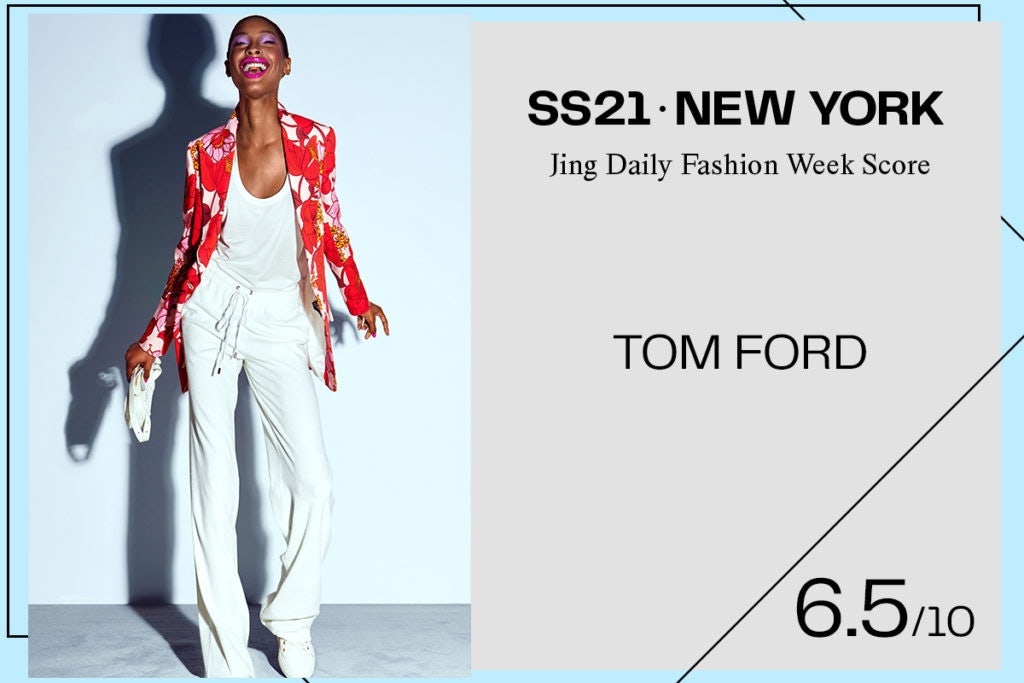
Tom Ford chose to share his quarantine journey with runway audiences, from his lockdown vibes to inspiring sketches by renowned seventies and eighties fashion illustrator Antonio Lopez. Throughout the online presentation, there was a tangible positivity in his extrovert ensembles, which included large-area skins, floral prints, and vivid make-up.
While the bright colorways and bold prints received positive feedback on Weibo from fashion bloggers like @Fashion_BangZ and @PiPiJuice, the presentation was fairly distanced from Chinese luxury consumers in terms of digital connections. Though Tom Ford runs a proactive Weibo account, the focus is on the brand’s beauty line and celebrity endorsement while his posts on ready-to-wear have lagged, and womenswear is particularly limited. While this collection seemed to resonate, the brand could do more to leverage the post-COVID-19 moment to elevate its ready-to-wear for China’s audiences.
SOCIAL-WORK STUDIO#

Under the theme of Dialogue on Inspection, Chinese label Social-Work Studio presented a film featuring models nostalgically exploring their personal heritage and values. Inspired by retro-futurism from the seventies up to the nineties, the collection challenges social hierarchy by bringing a sense of egalitarianism and functionality to modern dressing. The label announced a special collaboration with Tsingtao beer (China's second-largest brewery) this season, but that strategic partnership still hasn’t made it onto China’s social media. The New York brand’s partnership with Chinese multi-brand fashion shop Labelhood came to an end recently, which helped the label build a following in the local market. Since awareness among China’s consumers is relatively limited, Social-Work Studio would do well to figure out a China strategy in terms of channels and partners.
Reported by Yaling Jiang, Wenzhuo Wu, and Gemma A. Williams.
